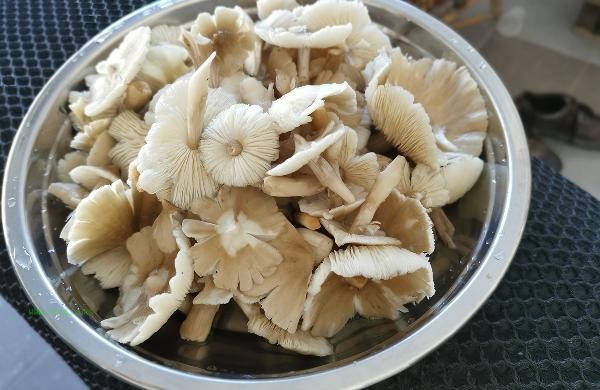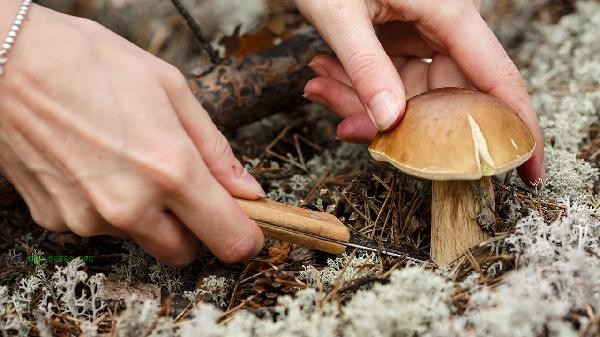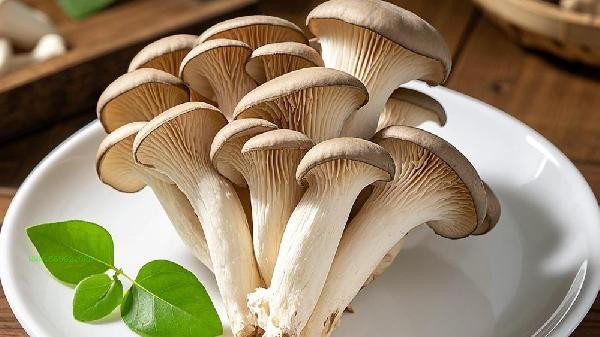When cleaning mushrooms, it is recommended to first use a soft bristled brush to gently sweep the surface, and then quickly rinse with flowing water to avoid prolonged soaking. The main methods for thoroughly cleaning mushrooms include rinsing with running water, soaking in salt water, adsorbing starch, steam cleaning, and wiping with kitchen paper.

1. Rinse with running water
The most basic method is to quickly rinse mushrooms under flowing water. The water flow can carry away most of the sediment attached to the folds and crevices of the mushroom stem. When washing, gently rub the folds on the edge of the mushroom cap with your fingers. Note that the water flow should not be too strong to avoid damaging the mushroom tissue structure, and the flushing time should be controlled within 20 seconds.
2. Salt water immersion
Soaking in 3% concentrated diluted salt water for 3 minutes can help precipitate insect eggs and impurities. Salt infiltration can cause the tiny particles in the gills to detach, while inhibiting surface bacterial activity. After soaking, rinse twice with clean water to prevent salt from affecting the taste. This method is particularly suitable for varieties such as shiitake mushrooms with dense gills.
3. Starch adsorption
Dry starch has a physical adsorption effect on the dirt on the surface of mushrooms. Mix the mushrooms with two spoons of starch and gently knead them, then let them stand for 2 minutes. The starch particles will wrap around impurities and form clumps. Afterwards, rinse them off with running water. This method can effectively remove the mucus on the umbrella cover and is suitable for cleaning slippery shiitake mushrooms.

4. Steam cleaning
After steaming the steamer, add mushrooms and steam for 30 seconds. High temperature steam can open the gills and soften the attachments. Immediately supercooling after steaming can flush away released impurities and lock in nutrients. This method has a significant deep cleaning effect on wild mushrooms, but it will slightly alter the taste.
5. Kitchen paper wiping
For special varieties such as Boletus edulis that are not suitable for contact with water, a slightly damp kitchen paper can be used to wipe them unidirectionally along the texture of the mushroom cap. Paper fibers can remove surface dust without damaging the mushroom meat, and after wiping, direct cooking can preserve flavor substances to the greatest extent possible. It is recommended to wear food gloves when handling precious varieties such as matsutake mushrooms. After cleaning, mushrooms should be cooked as soon as possible to avoid moisture retention and spoilage. Different varieties require differentiated cleaning methods, for example, if the base of the mushroom stem is severely woody, it can be removed, and if the mushroom gills are dense, it needs to be washed thoroughly. When storing, wrap in breathable paper bags and refrigerate to maintain a dry environment, which can extend the shelf life. Before cooking, check again whether there is any residual sediment at the connection between the cap and stem to ensure food safety.









Comments (0)
Leave a Comment
No comments yet
Be the first to share your thoughts!